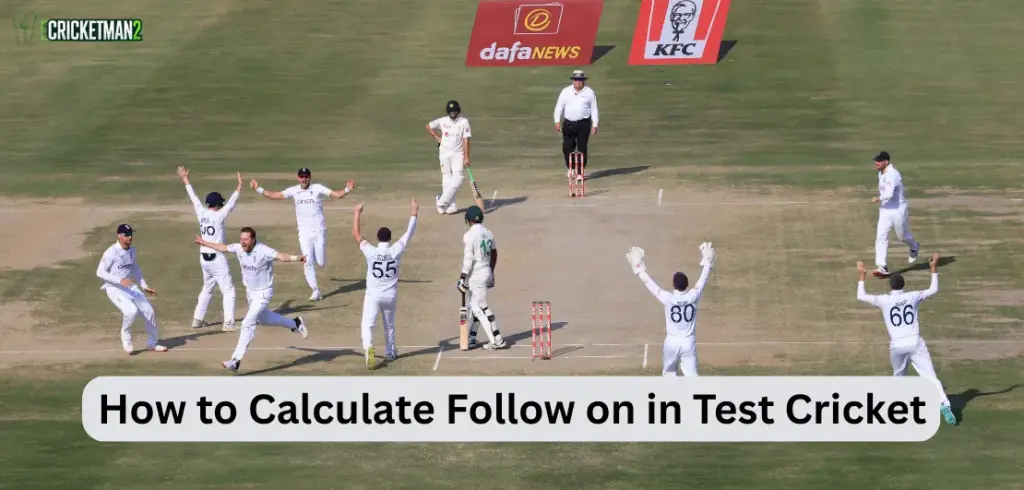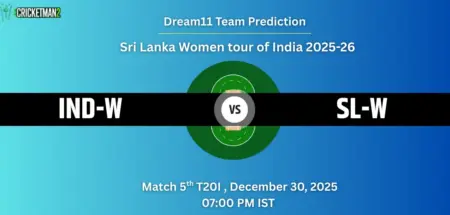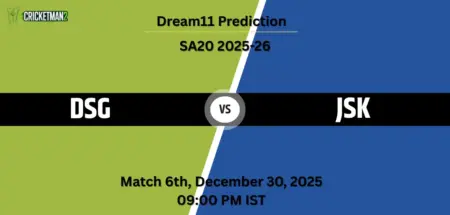The follow-on rule in Test cricket is one of the most important strategies that can completely change the course of a match. While it may sound a bit tricky to new fans, the calculation and rule are actually simple once explained. Let’s break down what the follow-on is, how it works, the formula for calculating it, and real-life examples where it has made cricket history.
What is Follow-On in Test Cricket?
The follow-on is a situation where the team batting second is asked to bat again immediately after their first innings. This happens when they fail to score enough runs compared to the first batting team’s score.
- The team batting first gains a big lead.
- If this lead is above the minimum set by MCC Law 14, the captain can enforce the follow-on.
- It is optional — the captain decides whether or not to use it.
Official Follow-On Rules (Law 14 – MCC)
The required lead depends on the number of days scheduled for the match:
| Match Duration | Runs Needed to Enforce Follow-On |
|---|---|
| 5 Days (Tests) | 200 Runs |
| 3–4 Days | 150 Runs |
| 2 Days | 100 Runs |
| 1 Day | 75 Runs |
If the first day’s play is washed out, the margin is reduced based on the remaining match days.
How to Calculate Follow-On in Test Cricket
The formula is very simple:
Follow-On Target = (Team 1 First Innings Score – Required Margin) + 1
If Team 2 scores below this target, the captain of Team 1 can enforce the follow-on.
Example 1:
- Team A (First Innings): 500 runs
- Match Type: 5 Days (margin = 200)
- Required runs to avoid follow-on = 500 – 200 + 1 = 301
- If Team B scores 300 or less, they must follow on.
Example 2:
- Team A: 450 runs
- Team B: 240 runs
- Lead = 210 (which is greater than 200)
- Team A can enforce follow-on.
Factors Influencing the Follow-On Decision
Even when the rule applies, the captain may or may not enforce it. The decision is based on:
- Time left in the match: Follow-on saves time when a draw is likely.
- Bowler fatigue: Fast bowlers may need rest after a long first innings.
- Pitch conditions: If the pitch is wearing down, captains may prefer batting again first.
- Weather forecast: Rain or bad light can push captains to use follow-on.
- Tactical strategy: Sometimes captains decline the follow-on to avoid risk of comeback.
Famous Matches with Follow-On Decisions
- India vs Australia, Kolkata 2001 (Eden Gardens)
- Australia enforced follow-on after leading by 274.
- VVS Laxman (281) and Rahul Dravid (180) scripted a comeback.
- India won by 171 runs — one of cricket’s greatest turnarounds.
- England vs Australia, 1981 (Headingley)
- Australia enforced follow-on.
- Ian Botham’s heroics helped England win by 18 runs.
- New Zealand vs England, 2023 (Basin Reserve)
- England enforced follow-on with a 226-run lead.
- New Zealand won by just 1 run — a historic comeback.
Read Also:- Most Fan-Followed IPL Teams in 2025
Conclusion
The follow-on is one of cricket’s most fascinating rules. It adds drama, risk, and strategy to Test matches. While it can speed up the game and push for victory, it has also backfired with famous comebacks. Captains must weigh lead, pitch, bowlers’ stamina, and weather before enforcing it.
By understanding how to calculate the follow-on, fans can enjoy the tactical depth of Test cricket even more.
FAQs on Follow-On
Q1. How many runs are needed to avoid follow-on in Tests?
→ At least 200 runs less than the first team’s score. Example: If Team A scores 469, Team B needs 270 to avoid it.
Q2. Can a team win after follow-on?
→ Yes, but very rare. Only 4 times in Test history.
Q3. Does follow-on apply in ODIs or T20s?
→ No, it is only for multi-day matches (Tests or First-Class




